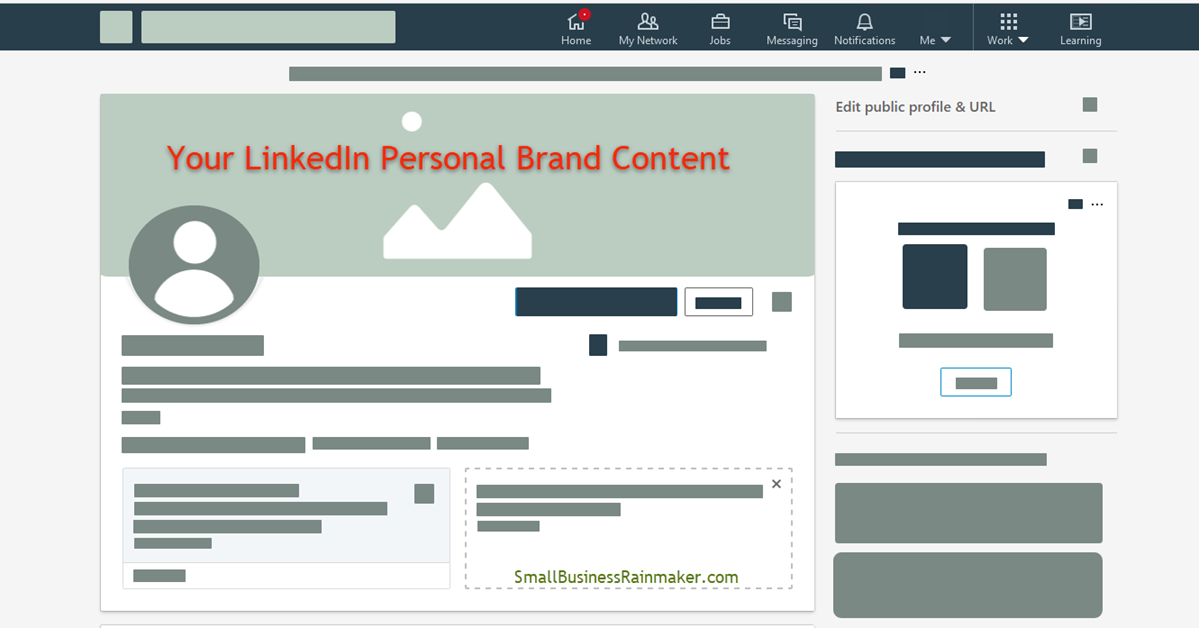
It’s one thing to have a LinkedIn profile. It’s another to have a robust LinkedIn profile.
You need a vibrant profile that communicates who you are and what your personal brand is all about.
And, as much as possible, you need to fully populate every applicable section of your profile with compelling content designed to resonate with your target audience.
More of the right content means your profile contains more of the relevant keywords that will boost SEO (Search Engine Optimization) for your profile which, in turn, helps lead more people to your profile . . . and to you.
Plus, more of the right content helps your target audience better connect to who you are and understand what you’ll be like to work with.
Remember that, along with search engines assessing the content in your LinkedIn profile, human eyeballs will be reading it too. Your profile content needs to satisfy both, and strike a balance between the two.
According to LinkedIn:
"Your LinkedIn profile is a professional landing page for you to manage your personal brand. A LinkedIn profile is a great way for you to let people know who you are, what you stand for, and what you’re interested in. Your profile will be your personal storyboard where people can find you and stay updated on your activity, so make sure your profile is complete and representative of you."
I’ve found that many entrepreneurs hesitate putting up anything more than a very bare bones profile, for various reasons. Typically, it’s because they:
- Don’t have time to do anything more
- Don’t know how LinkedIn works
- Believe their profile should only be about the kinds of services and products they offer
- Haven’t worked on their personal branding, so they don’t know what to put in their profile
- Are afraid to give a feel for their personal brand (or personality) in their profile, or don’t know that it’s okay to do so.
As with all your marketing efforts, the content in your LinkedIn profile needs to be relatable to, and hit home with, your target audience. You won't be able to write hard-hitting, compelling content without first understanding their particular needs, and why they need your services or products.
Go back to the targeting and research work you did when you developed your overall marketing plan, or get going on this work if you haven't already.
How Does Personal Branding for Small Business Owners Work?

In case you’re not sure what branding is really all about, let’s start with a brief description:
Personal branding is a method of defining and communicating what differentiates the unique value you offer your target audience over your competitors.
Think of branding as educating people about how you can help them with certain things. Branding is your reputation. Branding helps people decide whether to do business with you.
The cool thing is, you already have a personal brand. Your customers and the people you work with know what you're the "go-to" person for. They know about the personal attributes, values, strengths, and passions you draw from when you provide the services and products you offer.
It’s up to you to identify those qualities and characteristics within you, integrate your value proposition into all your marketing efforts, and communicate a crystal clear, consistent message across multiple channels – online and offline.
To help you define your own personal brand, here are some questions to ponder and answer as specifically as possible. Remember that branding is about differentiating yourself. You can’t do that with vague words or content. These questions will help you get going:
- What things do you love most about your business and your work?
- What makes you more qualified than other providers like you?
- How do your personality and personal attributes help you do your work better?
- Which things about your day-to-day work life are you most passionate about doing?
- How have those things benefited your customers?
- What are your “super strengths” at work?
- How have those things benefited your customers?
- What makes you stand out from others who provide the same products and services?
- What have your customers said about the quality of the work you do?
- What have your customers said about working with you?
Use my personal branding worksheet to really dig into this. Although it’s written for job seekers, the same kinds of things apply since job search is actually running a “company of one.”
How to Get Personal Branding into Your LinkedIn Profile
LinkedIn provides many ways and places on your profile to communicate your personal brand and stay top-of-mind with people who can help you achieve your goals. Here are some strategies to help you:
There's no single right or wrong way to write personal brand content.
There are probably many ways to approach this that will position you well. Don't be afraid to do something with your LinkedIn profile that few, if any, others are doing. Branding is about differentiating your unique value. Just the fact that your profile reads a little differently than your competitors could seal the deal for potential customers.
Engage people at the beginning of each of these sections with an intriguing, bold statement, like:
"I love what I get to do each day at work."
...and then describe what those things are.
Look at the LinkedIn profiles of some of your competitors.
See what they say about themselves. Get ideas from their profiles, but NEVER copy any of their content and use it for your own. Potential customers are very likely to notice when they're sourcing providers. Both you and the person whose profile you copied from will suffer. No one looks favorably on plagiarism. But it’s okay to use some of the same keyword phrases representing your areas of expertise that they do.
Be specific about your industry, product, and service expertise.
Write down all the relevant areas in which you have experience, and which you do well, and use this information in various areas of your profile. These areas of expertise typically represent your relevant keywords.
Back up the claims you make about your expertise.
Go further than just stating that you excel at a particular thing. Provide examples. A statement will carry more weight if you include a specific instance when you had a win using your expertise.
How to Write Personal Brand Content for the About, Experience, and Project Sections of Your LinkedIn Profile
In this article I’m concentrating only on branding your personal LinkedIn profile. You can read about creating and writing your LinkedIn (company) Page here.
Narrowing even further, I’m only focusing on three important LinkedIn profile sections that allow for a sizable amount of content to tell your story – the About, Experience, and Project sections. For branding tips and strategies for the other LinkedIn profile sections, check out my post, 25 LinkedIn Things Every Business Owner Should Do, But Probably Doesn't.
Each of these three sections allows for 2,000 characters and spaces, giving you the opportunity to load plenty of meaty content into them.
Before I go further, understand that because LinkedIn constantly updates and changes various aspects of the site, these sections may no longer be available, or may be called something else. For instance, the About section was called the Summary section for many years, until very recently.
Before adding your content into the appropriate section of your profile, create your content for these longer profile sections in a Word or similar document. This will allow you to fine tune the content, save it, and spell check it before it goes into your profile.
Some things to keep in mind as you create the content for your profile:
- Always keep your target audience in mind, and write content that positions you as the problem fixer for them.
- Make it an interesting read right from the get-go.
- Your content should be written with both human beings and search engines in mind.
- Use storytelling whenever possible, instead of only flat statements of fact.
- Include plenty of white space so the content is easy on the eye to read, and people will want to read more of your profile.
Regarding the final point above, it’s very important to break up the content. I see too many profiles with dense, tightly-packed text. There’s no relief for the eyes. Here are some ways to build in white space:
- Keep paragraphs to no longer than, say, 5 lines.
- Add blank lines between paragraphs.
- Use groupings of 3-5 bullet points.
- Further improve visual appeal by adding italics, bolding, and other enhancements with a site like Cool Symbol.
- Add “eye candy” by copying and pasting in special characters from this article by Susan P. Joyce from Job-Hunt.org.
Don’t go overboard with the last two items above. Make sure your profile looks professional, with just a few enhancements here and there. Too much of that stuff can work against you.
Also, you don’t need to do the work of writing content for so many sections all at once. Take your time. Focus on one section at a time, but start with the About section.
The About Section
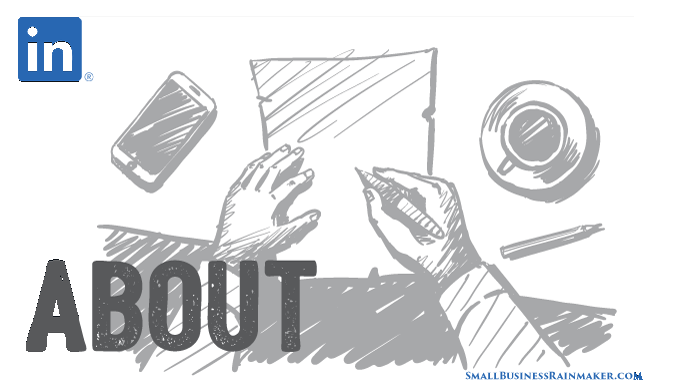
The About section sits high on the web page, so both humans and search engines will take notice of it more readily than other sections further down the page.
You know the saying that “people hire people they know and like.” Think of this section as your biography. Here's where you tell your personal brand story, differentiating the value you offer over your competitors. Storytelling allows you to make a more vibrant connection with people than the dry business-speak too often used here.
Highlight the qualities and personal attributes that make you a good fit for your target audience . . . that is, lean on the “personal” part of your personal brand.
Your goal here is to strike a balance between personal branding and personal SEO, or hard vs. soft skills. Here are a few ways to do this:
- Add one or two short but juicy testimonials from customers. Use something that’s not already in one of your LinkedIn recommendations.
- Include a brief paragraph about why you chose your profession or industry.
- Break down the information into sub-sections, with headers in all caps. The headers should include relevant keywords and phrases for SEO.
- Leave a little room at the bottom of the About section to list misspellings and variations of your name, so that people using them to search for you will still find your profile. This also helps Google and other search engines find you.
Pay close attention to the first few lines (a total of 40 words or so) in this section, the ones that are visible without having to click on "see more" to view the entire section. Make this preview enticing enough to compel people to want to read the whole section. If you're using desktop instead of mobile, a few more words are visible in the short preview.
Writing in the first person and using the word “I” (sparingly) is the best way to approach this section, instead of writing in third person.
To get an idea of what you can do here, take a look what a real estate agent did, as noted in a LinkedIn article about great Summary/About sections.
The Experience Section
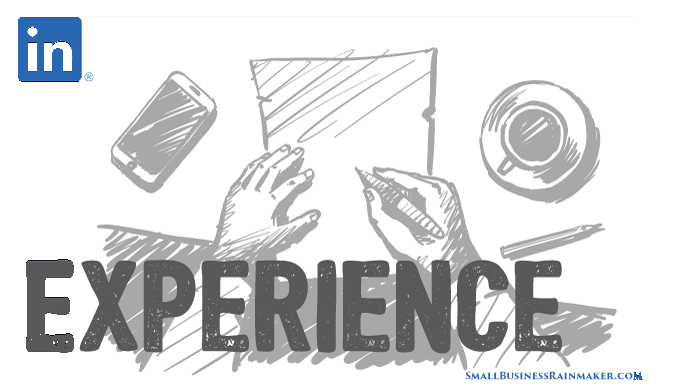
Think of this section as your resume, where you’ll build credibility by highlighting the actual work you’ve done in current and past jobs and how you’ve helped consumers in the past, as well as your past employers (wherever you were an employee).
One good way to tackle this is to create challenges, actions, and results stories. In other words, think of two or three times (for each of your jobs) when you really came through for a customer or your employer (if you were an employee). The things you did that benefited them. Prompt these stories by writing down answers to this series of questions for each of your stories. (Use metrics or numbers here whenever possible to really hit it home.):
- What challenge was my customer (or employer) facing? How did they need my help?
- What specific actions did I take to meet their needs or get that particular thing done?
- What were the positive results of my actions that benefited my customer or employer?
The reason the Challenge – Actions – Results exercise works so well is because it links your hard skills to your softer skills, and it also helps boost keyword density. The “actions” you took will typically represent your hard skills, which are the relevant keywords you need to sprinkle throughout your profile.
As with the About section, as you’re adding in content to this section and making adjustments, pay close attention to what appears to viewers without having to click on “see more.”
The Project Section
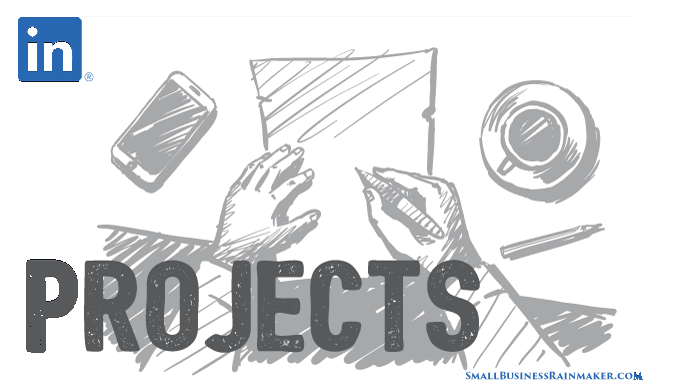
This somewhat hidden section is a little-used gem. You’ll need to add it to your profile itself, before you can make use of it. Access it in the “Add profile section” drop-down under “Accomplishments” when you’re in “view profile” mode.
Since each Project is tied to a particular job of yours in the Experience section, a project becomes a powerful way to add more content to that job if you’ve used up all the 2,000 characters and spaces allowed for each job description in the Experience section. You essentially get an extra 2,000 characters and spaces for each entry in the Experience section.
You can get creative with Projects. For example, if you worked on a challenging project for (or with) a customer, write up a description of it with the details and plop it into a Project. Tell the story of:
- How it all came about,
- The situation you walked into,
- What needed to be done,
- What wasn’t working,
- Exactly what you did to fix things, and
- What the various outcomes were.
Again, as with the About section, as you’re adding in content to this section and making adjustments, pay close attention to what appears to viewers, without having to click on “see more.”
Two Other LinkedIn Profile Sections with High Character Limits
Recommendations
The character limit in this section is 3,000. Although these are written by others recommending you, you can certainly reach out to people and ask for recommendations for yourself, and help them write them. I’ve found that people appreciate help and suggestions. Better yet, write recommendations for others first, and they’ll be much more likely to write one for you.
Publications
The character limit in this section is 2,000. If you’ve written an ebook, white paper, or other publication, fill out one of these sections for each one.
A tip: You can’t add images in the Publications section, but you can upload the covers (or associated images) for your publications in the About or Experience sections of your profile.










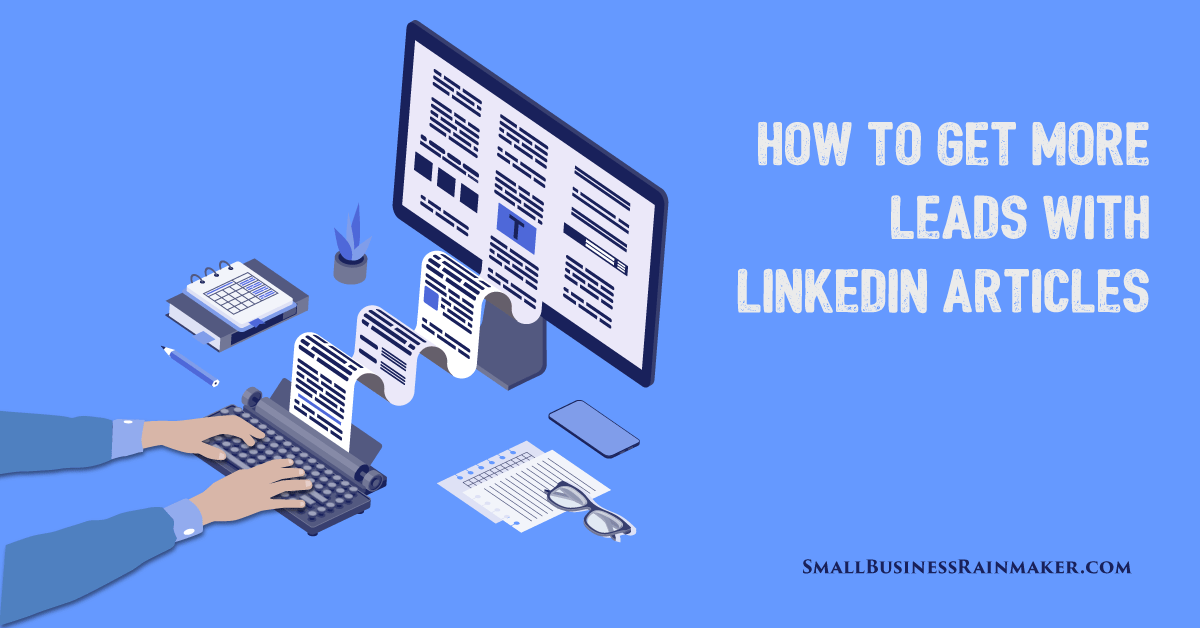
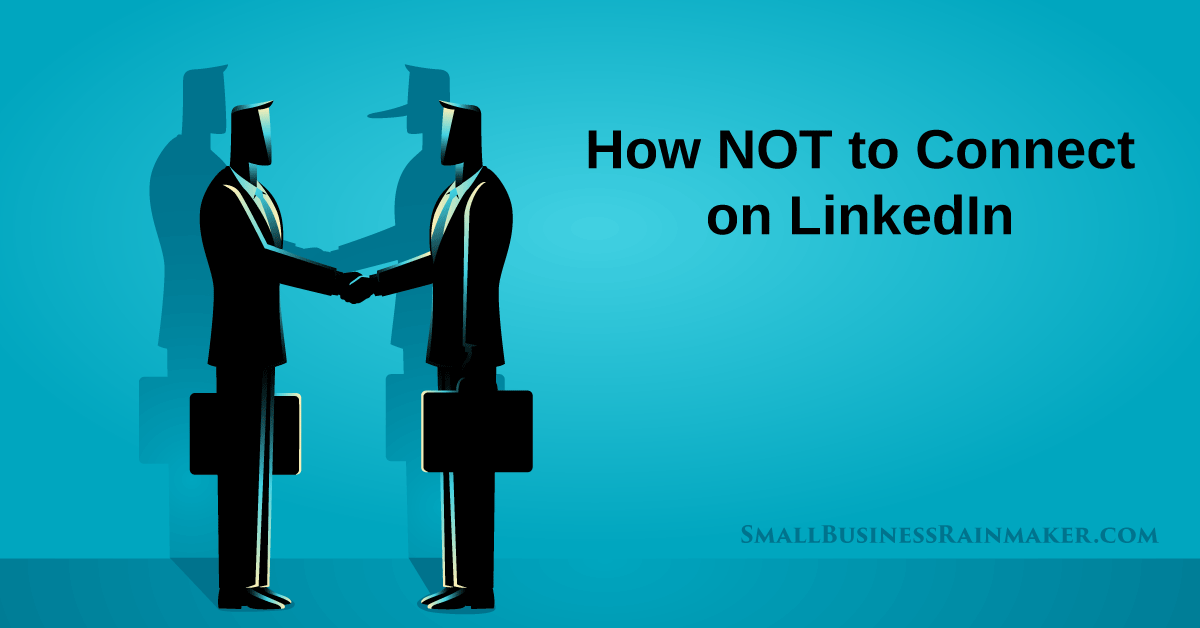

Leave a comment